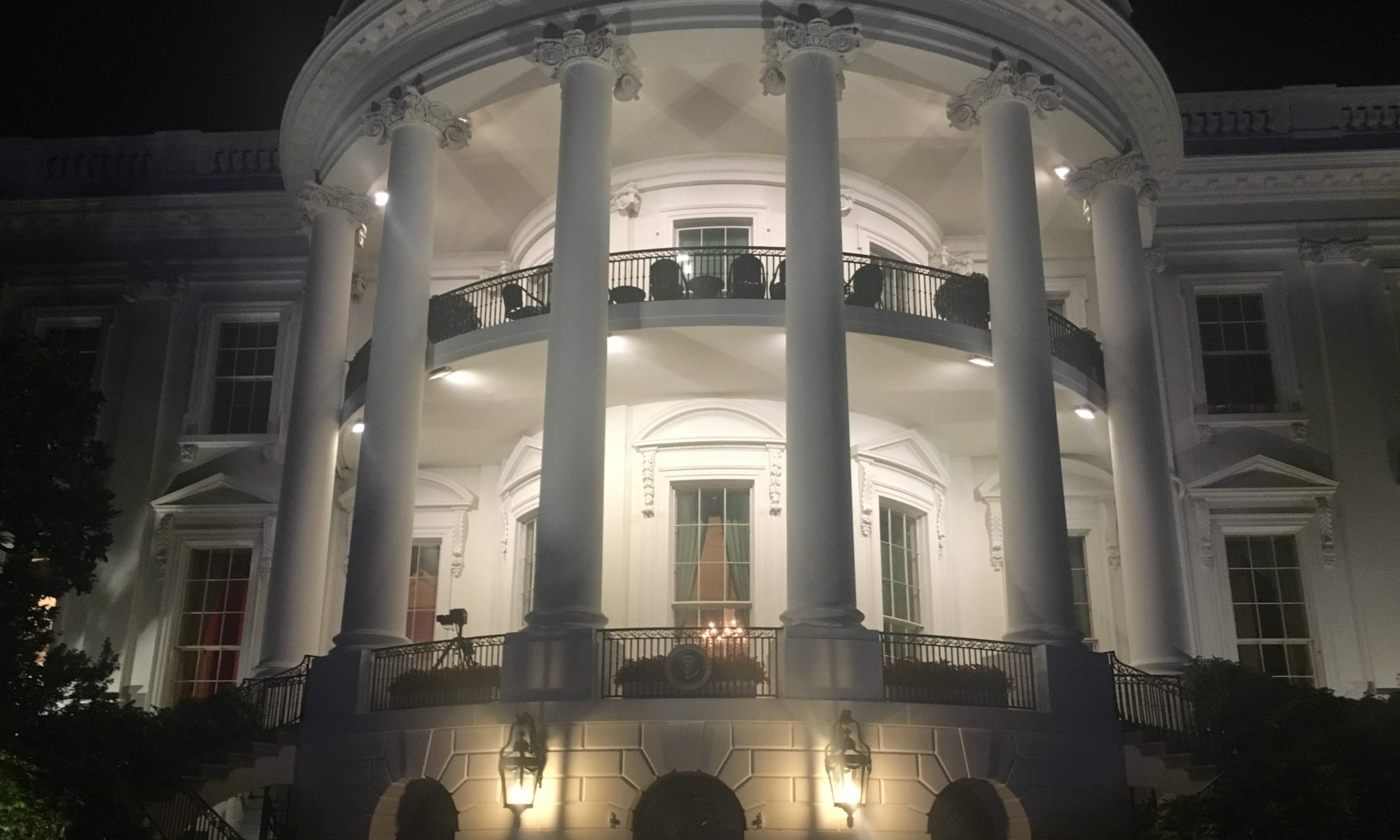August 3, 2018
Every day we confront more evidence that untold numbers of Americans, if not virulently racist themselves, are more than happy to countenance friends, neighbors and elected officials who are. In addition to the daily indignities visited upon black people living their everyday lives, there are articles coaching people on how to talk to racists. Newsflash, I don’t want to talk to them. Of course, institutional racism would not have survived this long if that had not alway been the case. Dr. Martin Luther King, Jr. eloquently excoriated “white moderates” as a more serious obstacle to equality for black people than overt racists in his “Letter from a Birmingham Jail” more than fifty years ago. The brilliant strategies of the architects of the Civil Rights Movement, from the activists of SNCC, CORE and the SCLC to the lawyers of the NAACP Legal Defense Fund, succeeded in briefly bending the arc of this country’s moral universe towards justice, allowing African Americans, and other people of color, access to schools, jobs and neighborhoods that had previously been rigidly segregated. In our lazy desire to mythologize that era, we forget that resistance was harsh and the backlash was swift.
Beyond the dogs and firehoses, people forget that jurisdictions like Prince Edward County, Virginia closed their public schools in 1959, rather than integrate, diverting all of the white students into private, segregated “Christian” schools. Black students were left with no public schools until the Ford Foundation funded schools for black students in 1963 (Source: “Brown v. Board: Timeline of School Integration in the U.S.” Tolerance.org) . The county did not desegregate until ordered to do so by the Supreme Court in 1964. The backlash began to be codified on a national basis in 1968 with the election of Richard Nixon, a mere 14 years after the Brown v. Board of Education decision. With the ascension of Warren Burger to Chief Justice in 1969, retrenchment began in earnest. In the 1973 case of San Antonio Independent School District v. Rodriguez, 411 U.S. 1 (S.Ct. 1973), the Supreme Court held that education was not a fundamental constitutional right. Then, in the 1974 case of Milliken v. Bradley, 418 U.S. 717 (S. Ct. 1974), the Supreme Court blocked the busing of schoolchildren across district lines in order to achieve desegregation.
These two cases and their progeny diluted the impact of Brown to the point where U.S. schools are more segregated now than they were at any time since that landmark decision, (Source: “School Segregation Is Not A Myth,” by Will Stancil, The Atlantic, 3/14/18). The gauzy hagiography of the icons of the Civil Rights Movement has lulled too many of us into the false belief that we have eradicated barriers to inequality. The truth is, far too many Americans don’t want a level playing field, and never did.
Trump’s salient distinguishing characteristic is that he says the quiet parts out loud. His administration is brazen in its attacks on people of color. As the crisis at the border has shown, there is no bottom to its capacity for depraved brutality. The companion to Trump’s assault on the marginalized among us has been flagrant corruption and a blatant attack on the Rule of Law. The ugly truth is that the only way to maintain white supremacy in a multi-racial, multicultural nation is by jettisoning the Rule of Law and abandoning the Constitution. Moderates will have the grapple with the fact that this is the price of their refusal to actively combat white supremacy. The question is, “Are they willing to pay that cost?”
#RuleofLaw
